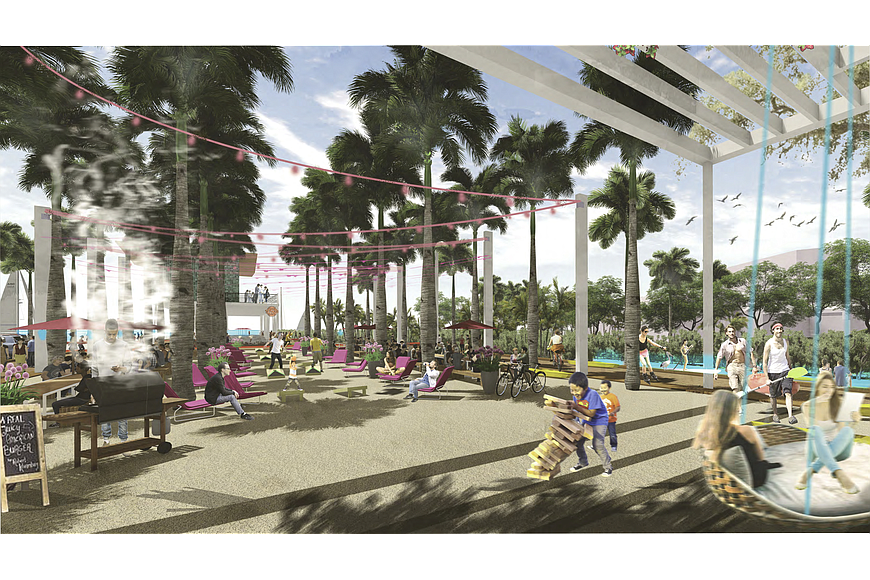- January 2, 2025
-
-
Loading

Loading

Give elected politicians a pot of money, and you bet, they’ll find ways to spend it.
“This is our opportunity to create more than just the 53 acres and the park, and to create a community for all.”
Willie Shaw
Sarasota city commissioner
Sarasota City Commissioner Willie Shaw seemingly can’t wait to institute a new tax-increment financing district to help fund the 53-acre, $100 million Bay Park. Imagine all of the spending the City Commission could do with that money.
Indeed, city commissioners discussed last week creating a new TIF district surrounding The Bay to fund its improvements. And like a freight train gaining speed, commissioners started envisioning spending the TIF district’s funds on such things as improving the city’s other parks; workforce training; affordable housing; who knows what else danced in their heads.
How soon they forget.
How soon they forget that the last round of TIF financing for downtown Sarasota grew far beyond its original mission and ultimately ended with the city and Sarasota County in a testy dispute over whether the county owed the city $6 million.
Surely, no one wants to go down that road again.
To prevent that, city commissioners need to rein in their appetites. If the city and Sarasota County are to create a TIF district, the incremental property-tax revenues generated should remain focused on improvements to The Bay.
But let’s not get ahead of ourselves. There are still important issues related to a TIF district that need resolving first:
One is the Bay Park Conservancy needs to make the case to the public that a TIF district is appropriate and among the most equitable ways of financing the park’s improvements.
Almost from the start, city residents have understood The Bay would require some form of taxpayer funding. It seems realistic to expect the conservancy can raise $20 million in private financing for Phase I.
But it’s difficult to imagine local philanthropists contributing another $80 million to fund the rest.
So now the nitty-gritty of securing those public dollars has begun. And it’s complicated.
Take the TIF idea that the Bay Park Conservancy is pursuing. If there is to be a TIF district, what will be its boundaries? Whose properties would be included?
These are crucial decisions. Consider: As the property values of all of the condominiums surrounding the park increase because of the park, the incremental increase in the property taxes paid by those property owners would go toward funding improvements to the park.
In effect, the property owners on the east side of Tamiami Trail and inside the Quay boundaries essentially would fund the park’s improvements — without burdening the city’s taxpayers outside of the TIF. Those citizens outside of the TIF would receive a benefit (use of the park) without having to pay for it.
But there’s a catch: How far east into the Rosemary District would that boundary go? The larger the district becomes and the more incremental property-tax revenue is funneled to the park, the less revenue is available for the city’s normal general fund. This is where the experts are needed — to determine the right balance.
Is there an alternative to tax-increment financing? One might be a general revenue bond issue secured by city taxpayers. This is what the city did in the late 1960s when voters approved a bond issue to fund the construction of the Van Wezel Performing Arts Hall, Bayfront Drive, Bayfront Park and City Hall.
This would mean all city property owners would help fund the park and would require a referendum. It’s unclear at this point whether there is much of an appetite for that approach.
For now, the conservancy appears to be banking on the TIF. That case can be made. And it appears to have the acceptance of the City Commission.
The bigger hurdle will be persuading the Sarasota County Commission to buy into the idea once again.
The really hard part for the Bay Park has begun.